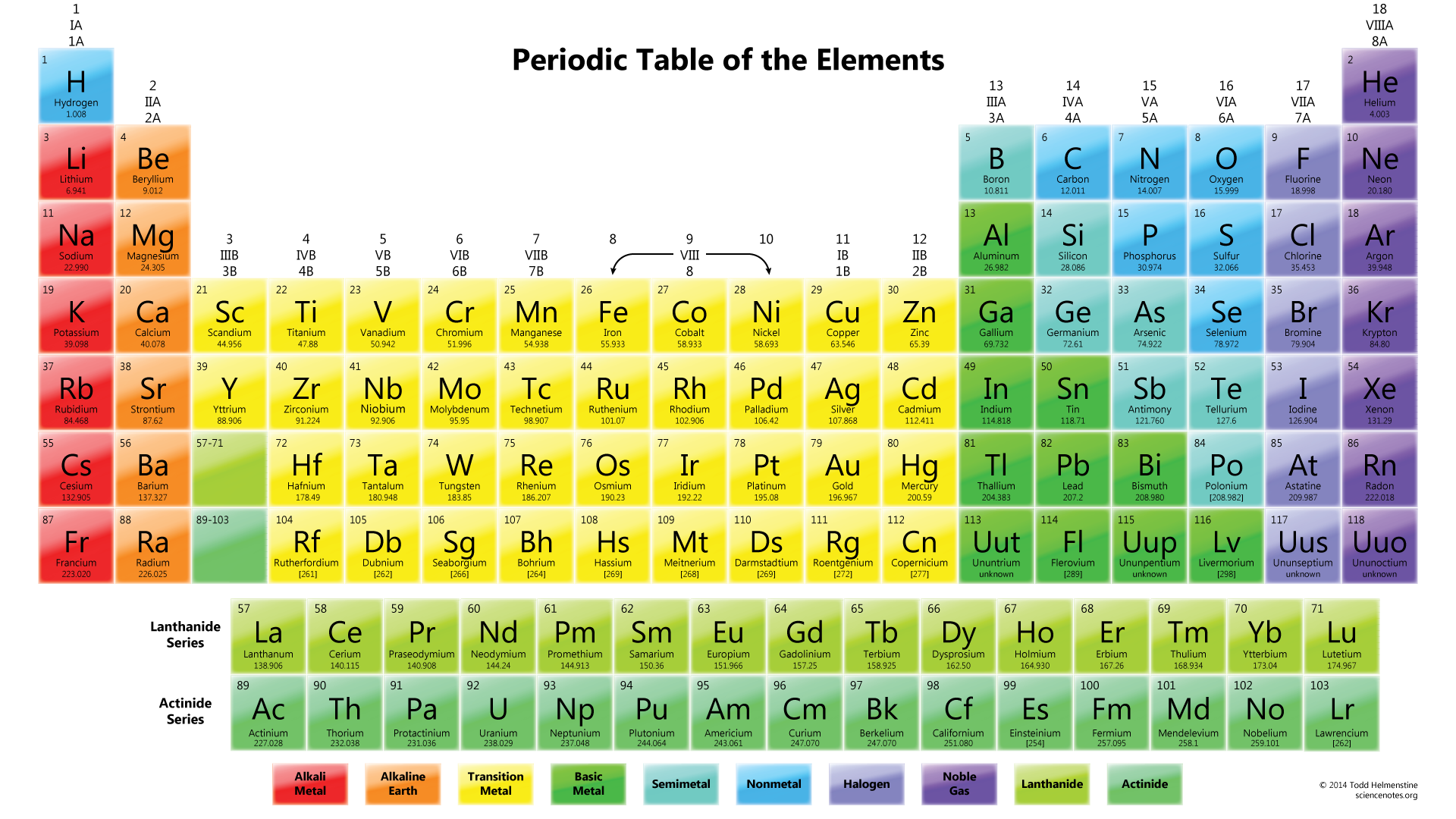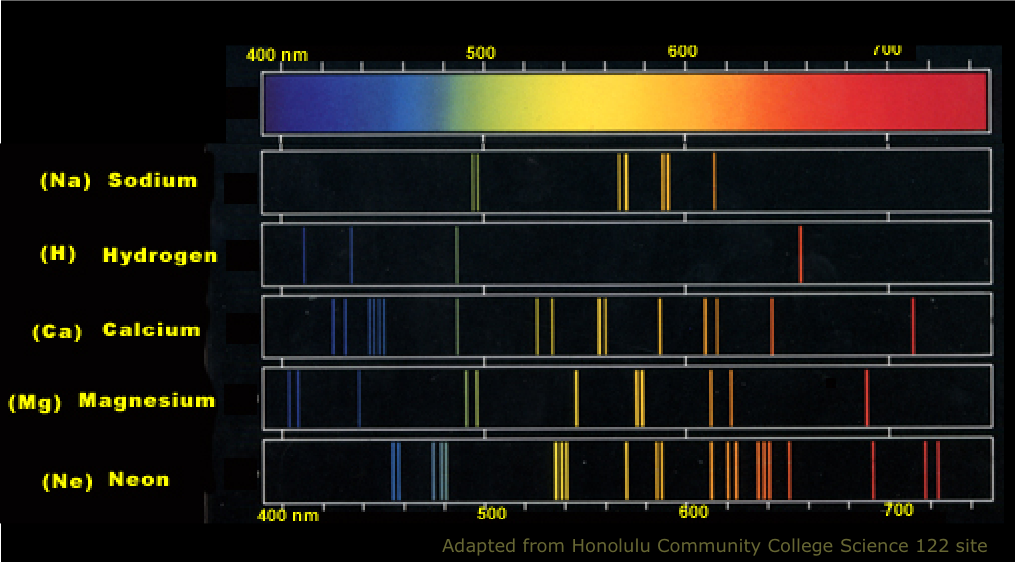
Everything we know about space comes from radiation.
Now wait just a moment here. That statement explains how astronomy is such a successful field of science—it’s based entirely on the information we can glean from radiation, after all. But how does that make sense?
I mean, it’s one thing to study radiation. It’s quite another thing to study matter, the “stuff” in the universe. How does one have anything to do with the other?
Well…that’s where atoms come in. Radiation does, in fact, have a lot to do with the “stuff” it comes from. And if it weren’t for that basic principle, astronomy as a science wouldn’t work.
Thankfully for astronomers, it does. So what’s the secret, then? What does radiation have to do with matter?
Continue reading

